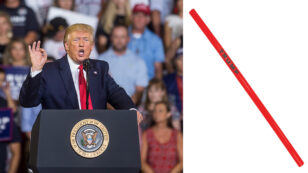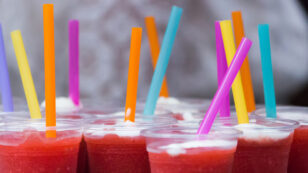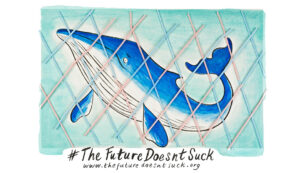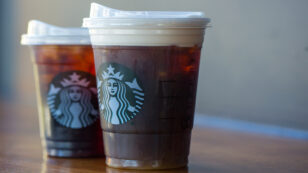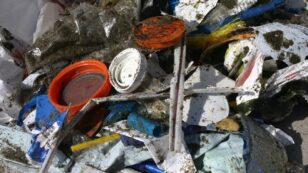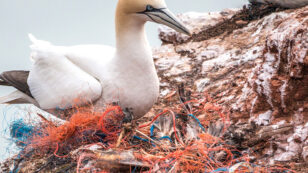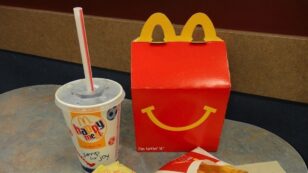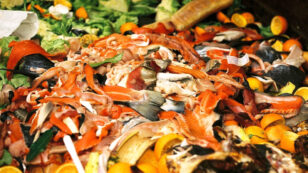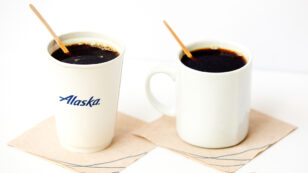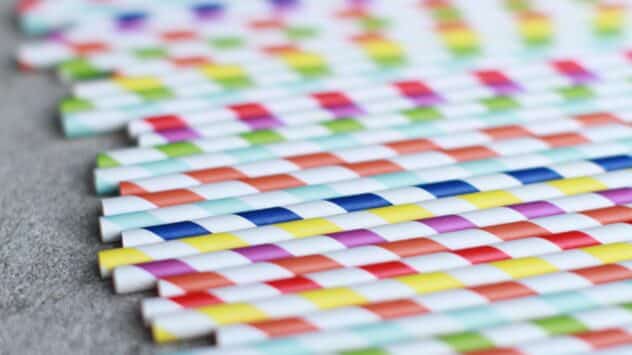
Save the Turtles: 10 Best Reusable Straws of 2022
Keeping a reusable straw in your purse, pocket, on your key ring, or in the glove compartment of your car makes it easy to skip single-use plastic when you’re on the go. In fact, purchasing reusable straws, made from materials like bamboo, glass, silicone, and stainless steel, is one of the simplest ways to reduce […]

 233k
233k  41k
41k  Subscribe
Subscribe 
